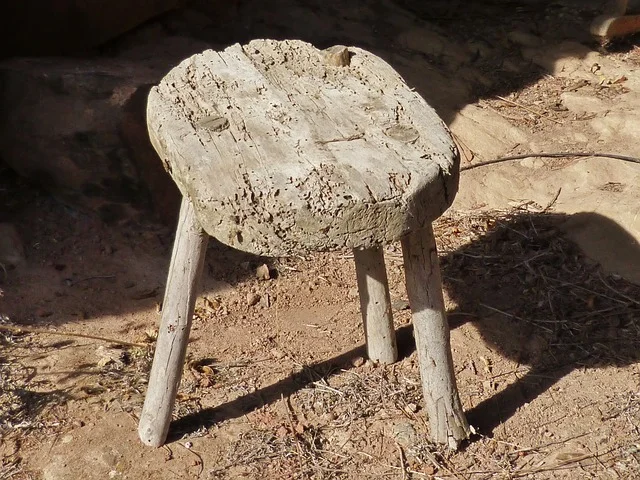The first step to answering this question is to first ask yourself - why do you think your core needs strengthening?
You might say...
I get low back pain.
I have bad posture.
I am weak when it comes to different functional movements.
Your core plays a large role in creating stability, which of course will help in preventing injuries, but also create a stable foundation from where to perform functional movements.
From this, you would say that YES, you really do need a strong core, even if you don’t notice any of those 3 signs.
Most people would think that a weakness in the core would be from a lack of exercise...
...not enough sit-ups, planks, Russian twists, V-ups and the list is endless.
BUT...
What if a weakness in the core is not because of a lack of exercise?
The strength of the core is comprised of PASSIVE (bones, ligaments, and cartilage) and ACTIVE structures (muscles) as well as the neural CONTROL (communication between your brain and body).
As you can see, the MUSCLES are just a part what gives your "CORE” stability and strength.
These three systems, ACTIVE, PASSIVE and CONTROL are all interdependent systems. You can think of it like a three-legged stool; you need all three legs for function and stability.
The local muscles involved in your core include (skip to the next paragraph if you don’t want to read a long list of strange muscle names) the transverse abdominis, multifidus, internal obliques, transversospinalis, and pelvic floor muscles; the core global muscles include the erector spinae, external obliques, rectus abdominis, and quadrates lumborum.
Muscles are built onto your passive structures (bones and ligaments) and then controlled through the nervous system (brain-body connection) since the muscles function in teams and not in isolation.
If I can use an analogy it might look like this...
Your garage door opens automatically when you push a button. This is accomplished by an interplay of 3 systems. The PASSIVE structures such as the frame of the garage door, the ACTIVE structures such as the motor and chain as well as the CONTROL which is the remote and electricity.
Now say your garage door has the frames, the motor and the chain, but the power in your house is out; would this system work?
NO...
For the whole system to work effectively all 3 of the systems need to be functioning.
How does this relate to your body?
Most often people think that their core is weak due to a lack of exercise, which can, of course, be a problem.
BUT...
At the very least it will only be PART OF THE PROBLEM.
Normal Structural Integrity of the Spine and Pelvis plays a vital role in the stability of the core because...
#1 It is the PASSIVE system
#2 Because of the interconnectedness of the spinal bones and the nervous system, Structural Shifts in the spine creates obstruction to a healthy functioning nervous system (CONTROL)
As we have discussed, the ACTIVE, PASSIVE and CONTROL systems are interdependent like the legs of a three-legged stool. If two of the legs of a three-legged stool is weakened is the solution to further strengthen the strong leg?
NO...
This approach may help in the short-term, but it is not addressing the REAL problem.
Luckily for us NORMAL STRUCTURE is something you can test. We have a normal measure when it comes to blood pressure, blood sugar and body temperature, the same applies to NORMAL STRUCTURE.
Of course, there is more than one solution to a problem, such as in the case of a weakened core.
The most typical approach to this problem UNFORTUNATELY is to strengthen the strong leg of the three-legged stool, doing more sit-ups, planks, Russian twists etc. and neglect the 2 weakened legs PASSIVE and CONTROL. At least until the whole chair collapses as in the cases where someone eventually gets injured.
Core exercises are obviously beneficial, but for us to get the full benefit of the exercise, to have your body perform at its optimal and even in some cases to do the exercise safely, we need to be addressing all three of these systems.
This means getting your Structure and Neurological function tested, only then will we truly know whether just doing core exercises are enough to strengthen your core or if there is a Structural Problem that needs to be addressed.
Have a great day!
Dr. Ryno
Dr. Ryno Tope is a Doctor of Chiropractic, a member of the New Zealand Chiropractic Association, and owner of Structural Chiropractic in Hastings, Hawke’s Bay. Dr. Tope focuses on an area of chiropractic called Structural Correction and has been in practice for 6 years. You can reach Dr. Tope at drryno@structuralchiro.co.nz or 06•651•1004. You can also follow the Structural Chiropractic Facebook page (www.facebook.com/StructuralChiropracticHB).






The longer days and warmer weather are a perfect combination to take up regular exercise. Read more here.